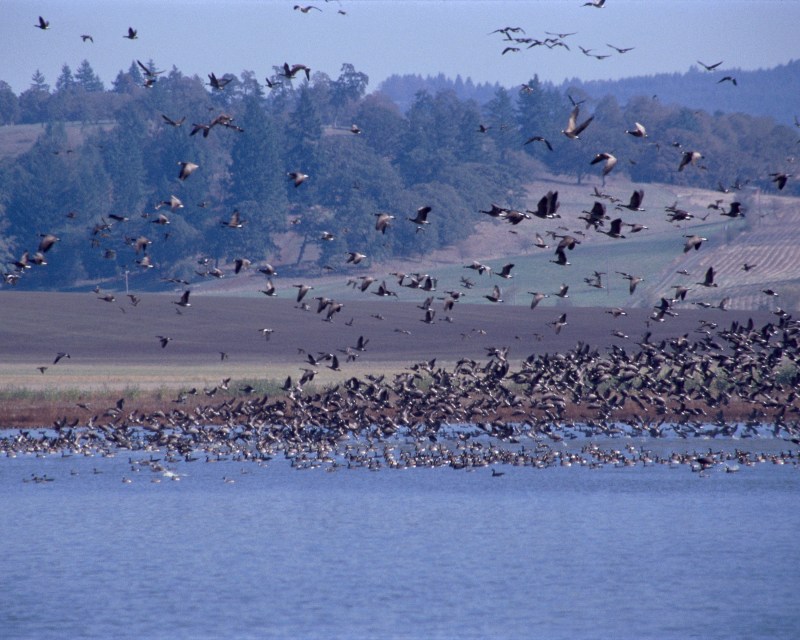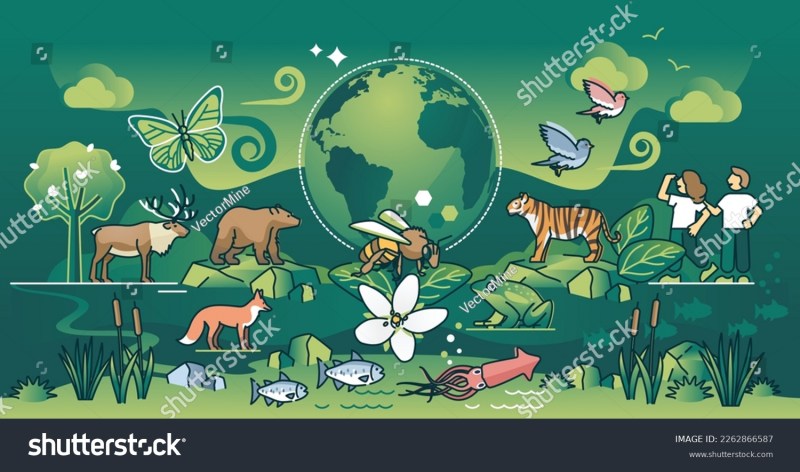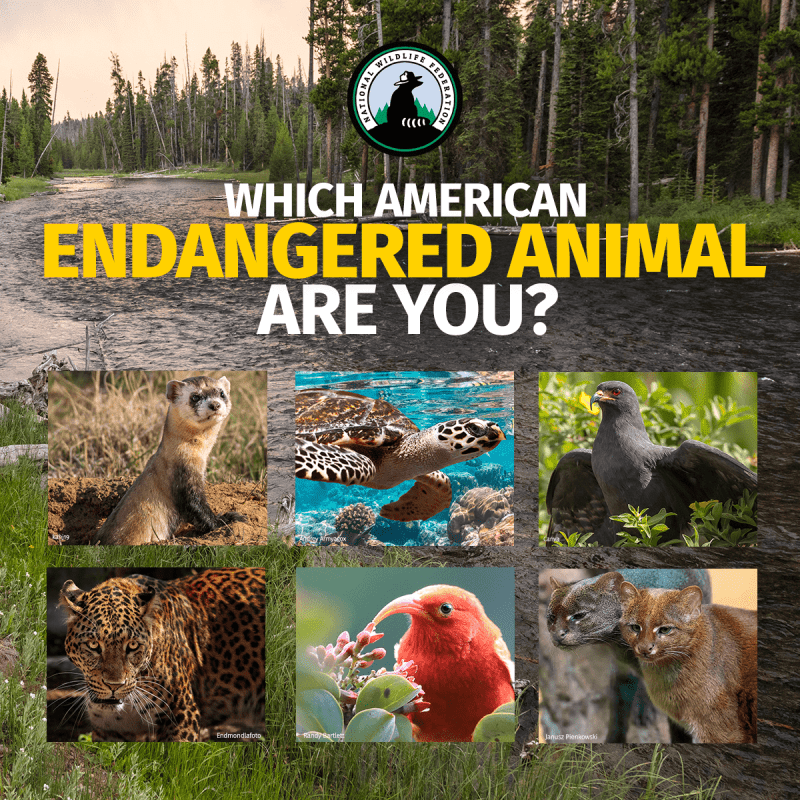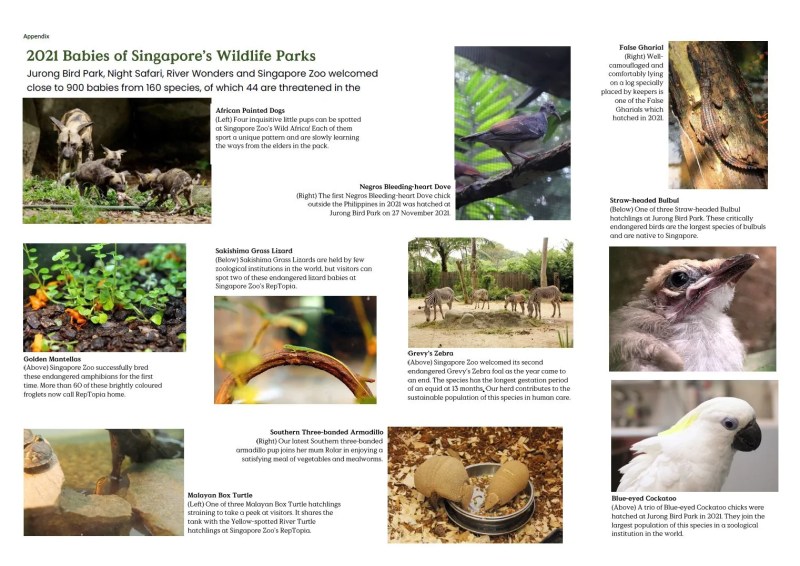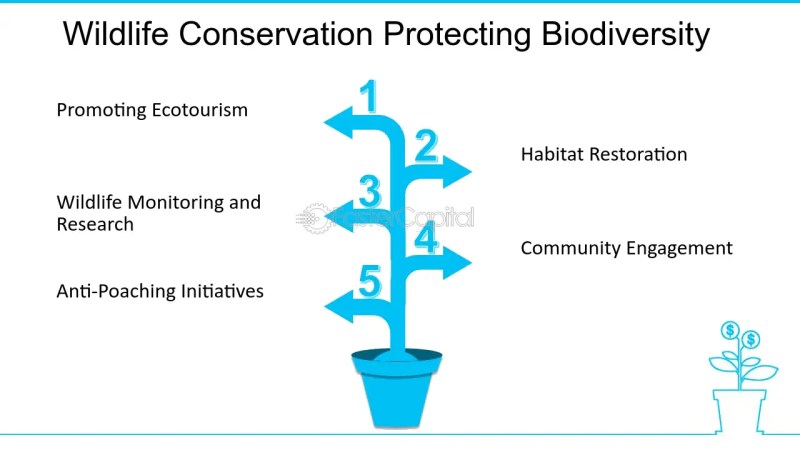Endangered Species Protection – In order to save species that are in danger of becoming extinct forever, protecting endangered species is a vital component of worldwide conservation efforts. One of the most effective instruments available to the US for the preservation of species and their habitats is the Endangered Species Act (ESA). The Endangered Species Act (ESA) offers a framework for the conservation and recovery of species that are vulnerable or endangered and is administered by the National Oceanic and Atmospheric Administration (NOAA) and the U.S. Fish and Wildlife Service.
Table of Contents
ToggleThe Importance of Critical Habitat
One of the most important things NOAA does when a species is classified under the ESA is assess and decide whether or not certain places need to be designated as critical habitat. Listing species depend on critical habitat to provide the conditions needed for their existence and recovery. These habitats include places where the species is found now as well as places that, even in the event that the species is not found there now, are crucial to its conservation.

An area does not automatically become a closed zone, refuge, or other kind of protected area just because it has been designated as vital habitat. Rather, it guarantees that government agencies confer with NOAA to guarantee that any actions they approve, finance, or execute do not alter or destroy the vital habitat in a way that would impede the species’ recovery. In order to ensure that human activities do not put already endangered animals at additional risk, this consultation process is essential for striking a balance between the demands of development and conservation.
The Process of Designating Critical Habitat
The most up-to-date scientific data is used in a rigorous procedure to designate essential habitat. Prior to designating an area as critical habitat, NOAA must also take into account pertinent national security, economic, and other issues. For instance, if a Natural Resource Management Plan is in place that benefits the species, sites under the management of the U.S. Department of Defense are usually excluded from being classified as essential habitat. In a similar vein, regions that fall outside of U.S. authority, like other nations, are not designated as important habitats.
One important aspect of the critical habitat designation process is public engagement. NOAA requests feedback from the general public, pertinent governmental bodies, the scientific community, and industry stakeholders prior to making any final designations. These remarks aid in the reworking of the suggested designations and guarantee that all pertinent variables are taken into account. The highest levels of scientific integrity are upheld by independently peer-reviewing the scientific findings that support the proposed designations.
Revisions to Critical Habitat Designations
The identification of a species’ essential habitat may need to be updated in light of new knowledge. There are two ways that this might occur: either by a deliberate choice by NOAA to reevaluate a species’ essential habitat, or by a petition by people or groups asking for a review. Critical habitat designations are kept current and useful in the face of new scientific findings and changes in the condition of the species thanks to the review process.

When NOAA receives a petition to modify a critical habitat designation, they have ninety days to issue a conclusion indicating whether or not the petition contains significant scientific data that justifies a review. Should the petition be approved, NOAA will have a full year to evaluate and decide if the adjustment is warranted. Important habitat designations are revised regularly to reflect the most recent scientific findings thanks to this approach.
Challenges and Considerations
There are several obstacles in the process of identifying and safeguarding essential habitat. Finding a balance between the demands of economic expansion and conservation is one major difficulty. For instance, the designation of a region as essential habitat may have an effect on land-use-dependent businesses including forestry, agriculture, and energy development. The necessity to safeguard endangered species must be carefully balanced against these financial concerns by NOAA.
The effects of climate change on important ecosystems present another difficulty. The ecosystems that support species may change or deteriorate as a result of rising sea levels, rising global temperatures, and more erratic weather. Because of this, it is even more important to make sure that important habitats are identified and safeguarded in a way that takes these long-term environmental changes into consideration.
Case Studies: Endangered Species Protection in Action
The identification of critical habitats and the safeguards provided by the ESA have benefited a number of species. For example, one major area of emphasis for NOAA’s conservation efforts has been the protection of endangered cetaceans, such whales and dolphins. NOAA has been able to put policies in place that lessen the dangers associated with shipping, fishing, and other human activities by designating critical habitats in strategic locations.

The preservation of sea turtles, who are threatened by things like bycatch in fishing gear, habitat degradation, and climate change, is another example. As a result of NOAA’s efforts to identify sea turtles’ essential habitats, laws that safeguard nesting beaches and lessen bycatch have been put in place, aiding in the sea turtles’ recovery.
An further example of success is the Steller sea lion’s return. Due in part to the preservation of vital ecosystems, the eastern population of Steller sea lions, which was formerly considered endangered, has achieved an incredible recovery. The sea lions were able to recover in these settings, and as a result, they were taken off the endangered species list in 2013.
The Role of Public Participation and Partnerships
Partnerships and public involvement are crucial to the success of initiatives aimed at protecting endangered species. NOAA can access a wealth of local expertise and support by including the public in the designation of critical habitats and the recovery of endangered species. Effective conservation programs also require partnerships with non-governmental groups, the corporate sector, and other government agencies.

For instance, local governments, governmental organizations, and nonprofits have worked together to support the recovery of endangered species in the Chesapeake Bay. These collaborations have played a pivotal role in safeguarding vital ecosystems and mitigating the effects of human actions on imperiled species.
Conclusion: The Future of Endangered Species Protection
It’s critical to acknowledge the advancements achieved in the preservation of endangered animals and their ecosystems as we commemorate the 50th anniversary of the Endangered animals Act. But the task is far from over. The persistent obstacles of habitat loss, climate change, and human activity need for conservation efforts to remain inventive and vigilant.
The future success of protecting endangered species will largely depend on NOAA’s dedication to utilizing the best available science, including the public, and forming partnerships. We can give endangered species the best chance of recovery by identifying and preserving essential habitats, preserving the richness of our world for future generations.
- Wildlife Conservation Initiatives: A Critical Overview - September 4, 2024
- 3 Program Endangered Species Protection - September 4, 2024
- Threatened Wildlife Species in 2024 - September 4, 2024


